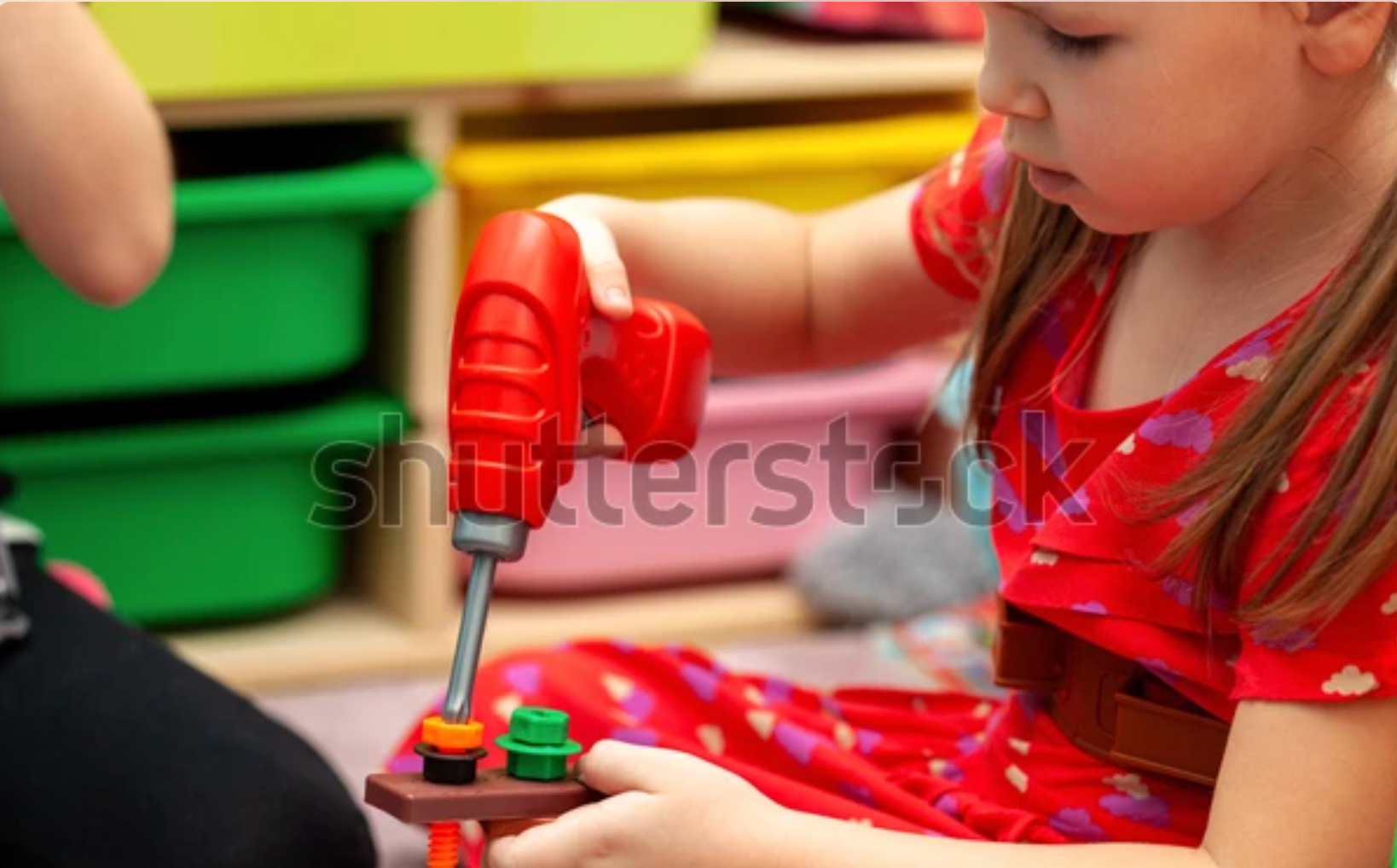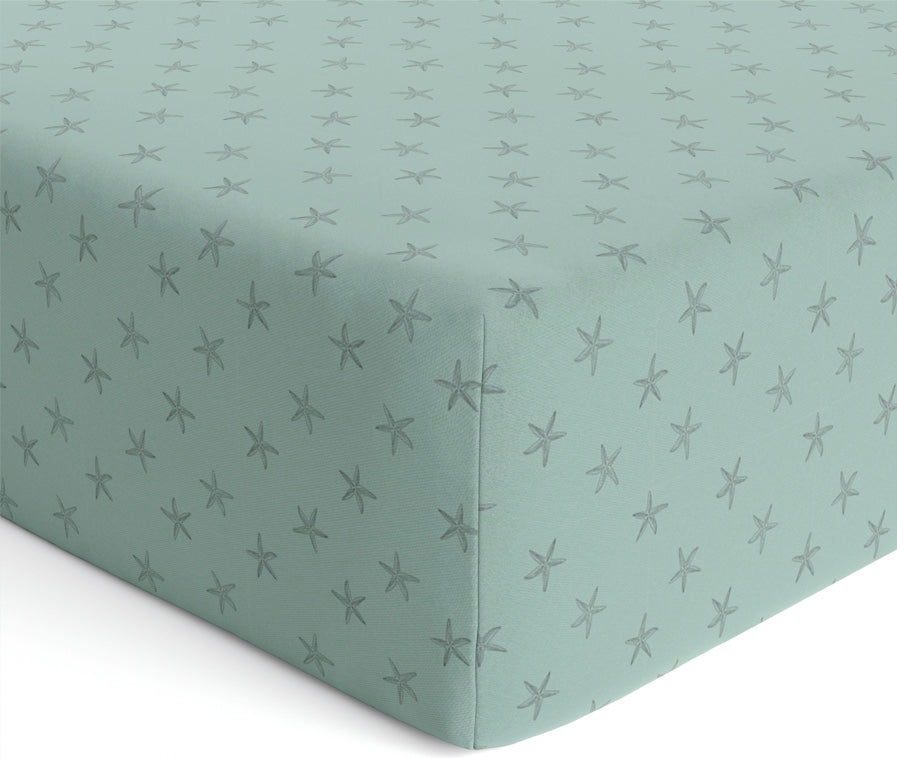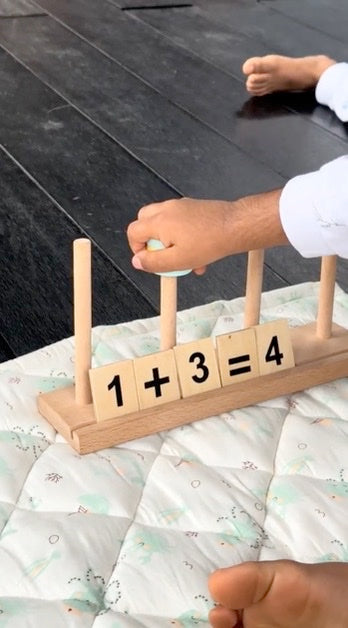Parents who want to raise their children in a gender-nonconforming way have a new stocking stuffer this year: the gender-neutral doll. The dolls come with a variety of wardrobe options and can be dressed in varying lengths of hair and clothing styles.

If you decide to shop by gender, there’s a chance you might leave the store with a gender conforming toy. However, you also might end up with an unconventional gender non-conforming toy! That’s because, with toys marketed by gender, there’s really no telling what will appear on the shelves. In fact, when I went back to a popular toys store to check out their selection of dolls for girls and cars for boys– not only did I find more than I did before, but I was shocked by some of the choices! Besides all the super girly dolls wearing glittery dresses, there were also several dolls in doctor outfits and even one stereotypical cowboy doll dressed in chaps and holding a lasso.
💡 Gender is an identity, and is not based on someone’s biological sex. That’s why I believe it’s great news that some dolls will better reflect how children see themselves.
History has shown that our culture thrives on knocking down gender stereotypes, especially in childhood. We’ve gone from pink being a boy's colour and blue being a girl's colour to both girls and boys wearing colours other than pink and blue. Why do we care what colour children choose to play with? We should care more about their ability to think creatively and critically in any situation.
Based on my research and interviews, I believe that the future of gender-neutral toy marketing lies in celebrating the connections children make with toys. Sophisticated marketing could depict children with the toys they love in environments where their imaginations are free to run. Toys like dolls and tools are not "girl" or "boy" toys - they are toys for children.
Perhaps the time has come for us to stop making assumptions about gender and children’s preferences based on these assumed biological imperatives. Perhaps we should allow society to start recognizing little girls who like trucks and boys who like dolls. This might give them a feeling of relief as they acknowledge that their desires and tastes are not a sign of personal inadequacy or gender nonconformity.
My takeaway is that society’s expectations influence our behaviours. As children, when we are constantly told what to play with and made fun of for taking toys that are not directed towards our gender, we follow the trend. This can contribute to lower performance in school and negative social experiences. However, when more girls want to pursue technical careers, more girls could be showcased as scientists and engineers and female role models in these fields will inspire future generations of girls to envision themselves as successful engineers or scientists. These studies suggest if “Newtoy” gets introduced into the market, it could make a difference in how boys and girls view toys, which may have a positive impact on their future.
Ultimately, the best toys for kids are the ones that allow them to develop their imagination, stimulate their creative and critical thinking abilities, and are not gender-specific. It’s nice to see toys that have positive educational value (and can help teach kids to respect others and their differences). There are numerous studies that show how positively educational toys affect child development. It is good to see toys buck the trend of “harder, faster, stronger.



